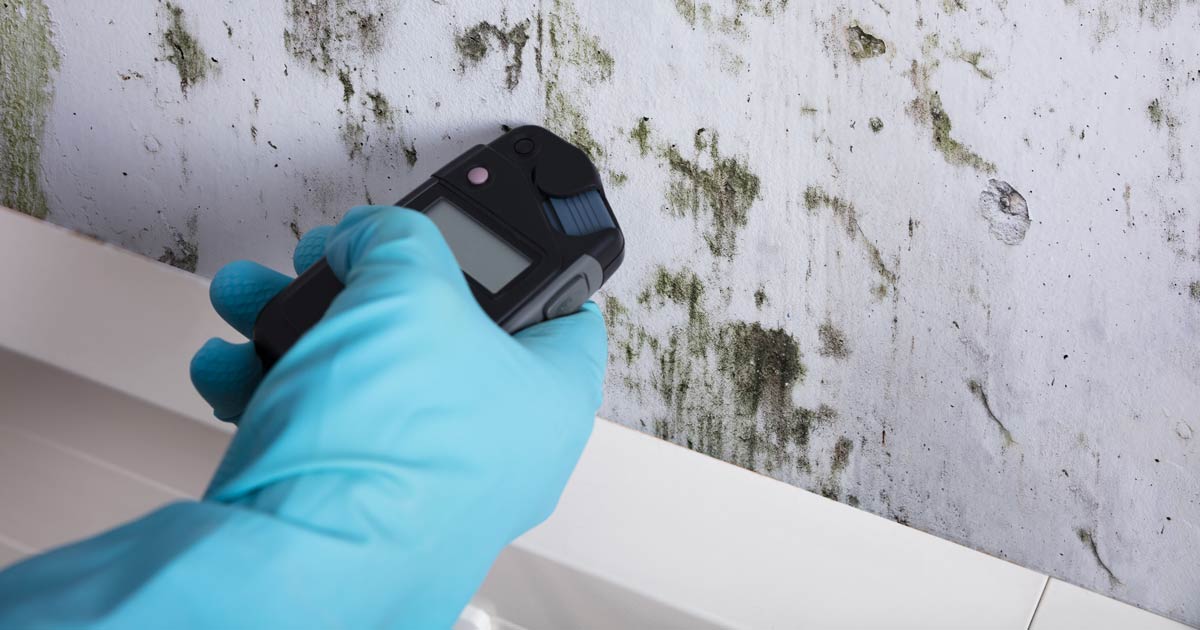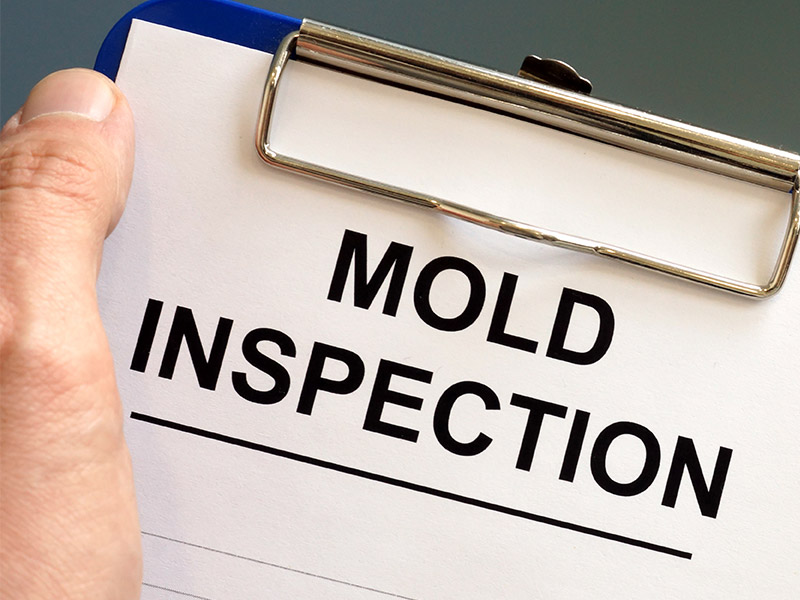Improve Your Safety Protocols with Expert Mycotoxin testing Services
Improve Your Safety Protocols with Expert Mycotoxin testing Services
Blog Article
Ensuring Compliance With Laws: the Duty of Mycotoxin Testing in High Quality Control
Making certain conformity with stringent guidelines is vital for maintaining food security, and the role of mycotoxin screening in quality control can not be overemphasized. Mycotoxins, harmful substances created by certain mold and mildews, pose substantial health risks, making their detection crucial in food manufacturing.
Recognizing Mycotoxins
Recognizing mycotoxins is fundamental to making sure the top quality and safety of farming products. The most well-known mycotoxins include aflatoxins, trichothecenes, ochratoxins, and fumonisins, each associated with specific fungal types and environmental conditions.
The presence of mycotoxins in food products can lead to intense and chronic health and wellness issues, consisting of liver damage, immune reductions, and cancer causing effects. By understanding the sources, kinds, and results of mycotoxins, stakeholders in the agricultural market can much better carry out preventative procedures and mitigate threats, making sure safer intake for end-users.
Regulatory Requirements for Mycotoxins
Having actually established a fundamental understanding of mycotoxins and their influence on food safety, it is crucial to evaluate the regulatory standards controling their presence in agricultural products. Regulatory standards for mycotoxins are vital due to the fact that they specify permitted limits, guaranteeing food security and securing public health and wellness. Different worldwide and national agencies have set these limitations based on detailed risk assessments.
The Codex Alimentarius Commission, an international body developed by the FAO and that, supplies guidelines and maximum allowable degrees for various mycotoxins in food and feed. The Codex has set limits for aflatoxins in peanuts, maize, and dried figs, amongst various other assets. These standards are commonly taken on or adapted by specific countries to fit their particular requirements.
In the European Union, Policy (EC) No 1881/2006 states optimum levels for numerous mycotoxins, such as aflatoxins, ochratoxin A, and deoxynivalenol, in numerous food. Likewise, the U.S. Fda (FDA) has established action degrees for mycotoxins like aflatoxins in commodities such as nuts and grains.
Adherence to these regulatory standards is important for maintaining market access, customer depend on, and public health and wellness. Non-compliance can cause substantial financial losses and wellness risks, highlighting the importance of rigid mycotoxin testing procedures.
Examining Methods and Technologies

ELISA is commonly appreciated for its affordable and fast screening abilities, making it excellent for high-throughput atmospheres. It depends on antibodies to find particular mycotoxins, giving results in a reasonably brief time framework. Its sensitivity may be restricted contrasted to extra advanced strategies.
HPLC, on the other hand, masters providing quantitative evaluation with high accuracy and accuracy. It divides complicated mixtures into private components, making it highly reliable for recognizing and evaluating numerous mycotoxins concurrently - Mycotoxin testing Services. This strategy, while more taxing and resource-intensive than ELISA, offers a greater degree of dependability

LC-MS represents the peak of analytical uniqueness and level of sensitivity. Incorporating the splitting up power of liquid chromatography with the detection capacities of mass spectrometry, LC-MS can identify look at here even trace degrees of mycotoxins. This method is vital for validating the visibility of mycotoxins in regulative and forensic contexts, making certain conformity with strict safety criteria.
Applying Checking Procedures

Integrating these sophisticated screening approaches into an extensive quality assurance structure necessitates a well-structured method to implementing testing methods. To accomplish this, organizations need to first perform a complete danger evaluation to identify possible mycotoxin contamination points within the supply chain. This evaluation educates the development of a tailored testing method that deals with specific vulnerabilities.
Next, developing standardized tasting procedures is vital. Regular tasting makes certain that examination results are reliable and representative of the whole batch (Mycotoxin testing Services). Complying with guidelines from regulative bodies, such as the FDA or EFSA, helps maintain compliance and improves the integrity of the screening process
Educating employees is an additional critical part. Team must be proficient in both sample collection and the operation of screening tools. Normal training sessions and certification programs can make sure that team members remain updated with the most recent techniques and governing modifications.
Benefits of Mycotoxin Examining
Mycotoxin screening uses numerous benefits that significantly improve the security and quality of food and feed items. Mostly, it acts as a vital control action to stop polluted items from getting to the customer market, thus securing public wellness. By determining and measuring mycotoxins such as ochratoxins, fumonisins, and aflatoxins, manufacturers can make sure that their items fulfill strict regulative requirements, thus article source staying clear of possible lawful repercussions and associated costs.
Additionally, mycotoxin testing adds to the economic stability of food and feed sectors by lessening the threat of large product remembers. The ability to spot and isolate polluted sets early in the production procedure lowers waste and stops the financial losses related to broken brand online reputation. It cultivates consumer count on and commitment, as clients are significantly aware of food security problems and demand greater quality standards.
The implementation of regular mycotoxin testing likewise promotes finest techniques within farming and manufacturing fields. By sticking to extensive testing procedures, firms can enhance their high quality control procedures, enhance operational effectiveness, and guarantee the constant production of secure, high-grade items. In conclusion, the advantages of mycotoxin screening are complex, adding to public wellness, financial security, and sector integrity.
Conclusion
Mycotoxin testing is crucial in guaranteeing conformity with governing standards, consequently preserving food safety and security and quality control. By systematically finding hazardous mycotoxins, this method assists minimize wellness dangers, avoid legal consequences, and avoid financial losses connected with product recalls. Implementing robust testing protocols cultivates consumer trust fund and confidence in food safety methods, ultimately sustaining the honesty and credibility of food organizations. Therefore, mycotoxin testing continues to be an important component of contemporary food safety and security monitoring systems.
Making certain compliance with rigorous regulations is vital for preserving food safety, and the function of mycotoxin testing in quality control can not be overemphasized.In the click to read realm of mycotoxin testing, progressed methods and innovations are pivotal in making sure food security and regulative compliance.Mycotoxin screening supplies various benefits that substantially enhance the security and quality of food and feed items.Mycotoxin testing is important in making sure conformity with regulative standards, therefore preserving food safety and quality control. Thus, mycotoxin screening continues to be an important part of modern-day food safety and security management systems.
Report this page